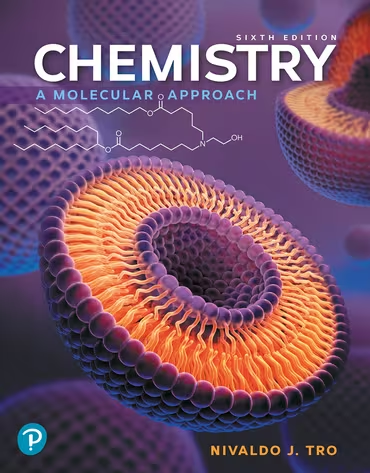Textbook Question
What is the molarity of NO3– in each solution? a. 0.150 M KNO3 b. 0.150 M Ca(NO3)2 c. 0.150 M Al(NO3)3
5
views

 Verified step by step guidance
Verified step by step guidance



What is the molarity of NO3– in each solution? a. 0.150 M KNO3 b. 0.150 M Ca(NO3)2 c. 0.150 M Al(NO3)3
What is the molarity of NO3– in each solution? a. 0.225 M NaNO3 b. 0.225 M Mg(NO3)2 c. 0.225 M Al(NO3)3
what is the molarity of Br- in each solution? a. 0.100 M KBr
What is the molarity of Br- in each solution? 0.200 m AlBr3
How many moles of KCl are contained in each solution? a. 0.556 L of a 2.3 M KCl solution
How many moles of KCl are contained in each solution? b. 1.8 L of a 0.85 M KCl solution